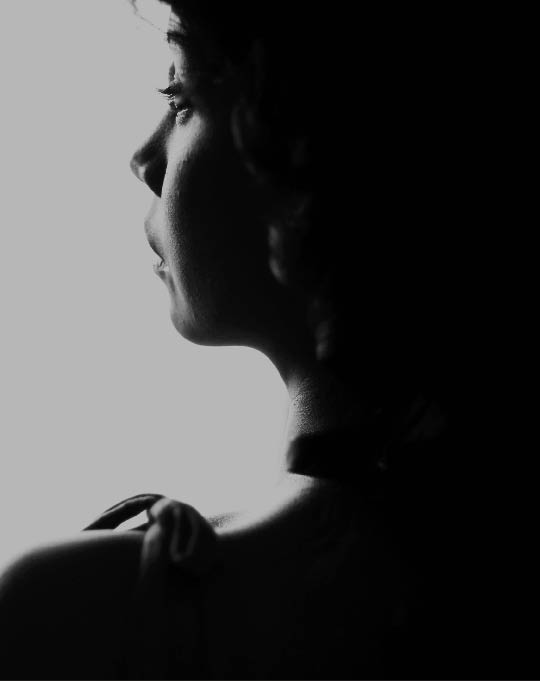
Chapter 4: METERING + LIGHT
There is light everywhere. And it’s light that allows us to make images with our cameras. But what we see with our eyes and what our camera sees are often different—at least in terms of detail, nuance, and more.
Learning how your camera “sees” or measures light, and ultimately about metering, is important as we move beyond auto mode. It’s also somewhat complicated, occasionally overwhelming, and often frustrating.
Understanding what your camera sees and how it makes decisions regarding exposure goes hand in hand with understanding how to get the right exposure through aperture, shutter speed, and ISO settings. Take your time—there is a lot of information in this chapter. Know that you don’t have to digest this all at once, but can come back to it again when you are ready.
HOW YOUR CAMERA “SEES” LIGHT
Look around you. You can see areas of light and areas of shadow. You can see dark things next to bright things. Your eyes change focus, quickly, between light and dark, allowing you to see objects in both types of light. But that is not how your camera “sees” things.
We call this dynamic range: the ratio between the lightest and darkest areas, and how much of those can be discerned. Put another way, it’s the amount of detail your camera can record between the lightest area (highlights) and the darkest area (shadows).
Your eyes have a much greater ...
Get Beyond Auto Mode: A Guide to Taking Control of Your Photography now with the O’Reilly learning platform.
O’Reilly members experience books, live events, courses curated by job role, and more from O’Reilly and nearly 200 top publishers.

